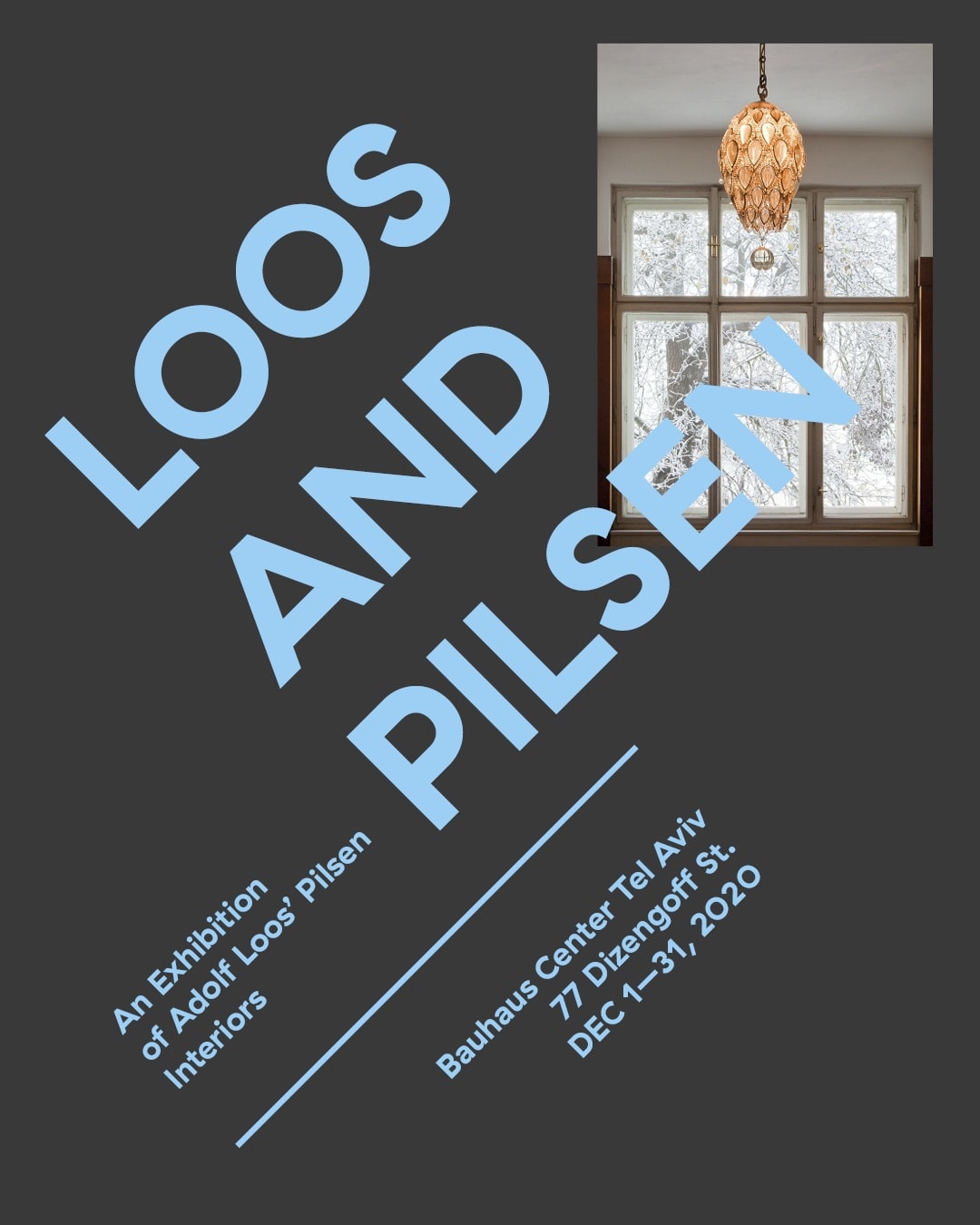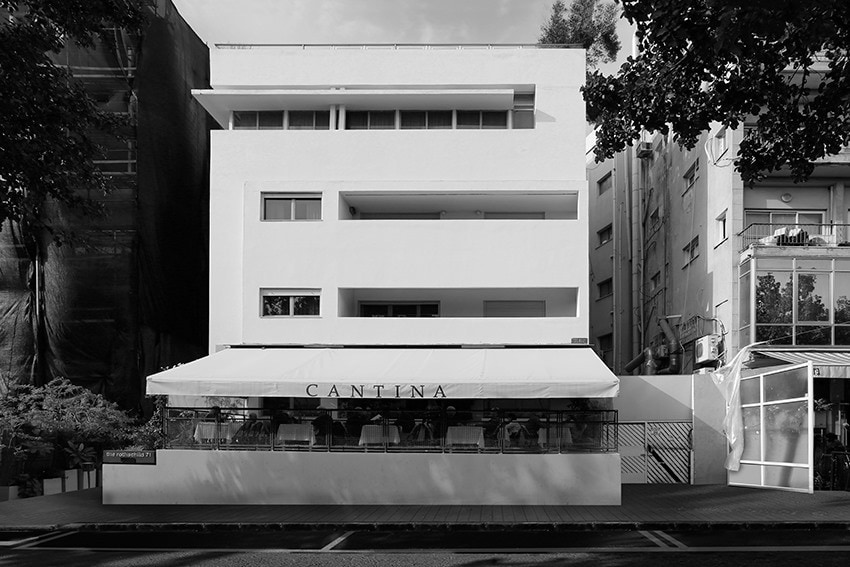
Loos And Pilsen – Adolf Loos' Interior Design
- Categories 2020, Architecture, Interior Design
The year 2020 is the 150th anniversary of the birth of Adolf Loos (1870–1933), a world-renowned epitome of modern interwar architecture of Moravian descent, whose ideas and implementations influenced contemporary architecture and inspired later events and trends in contemporary architecture on an international scale.
The Czech Centres have developed this solo exhibition project, which aims to present Loos’ unique interior design work in Pilsen in the first third of the 20th century, which is not very well known to the international audience.
At the beginning of the 20th century, Pilsen was a dynamic industrial city in the Austro-Hungarian monarchy, which also meant the presence of significant financial capital and the desire of its holders for modern life, also demonstrated by quality housing. A number of local successful companies belonged to the families of Jewish entrepreneurs – the educated and cultivated class with kinship and business contacts outside the Czech lands.
It was in Vienna that Loos met his first Pilsen clients, who paved the way for his further contracts in this city. Their openness to cooperation with an innovative and unorthodox architect and, at the same time, abundant financial means gave rise to the renowned series of apartments and interiors, later revitalized and reconstructed.
These are a perfect example of the architect’s way of thinking about the Modernist conception of lifestyle, hidden mainly in burgher’s houses of eclectic, classicizing styles. At the same time, thanks to the character, walks of life and fates of their owners, they are a disturbing statement about the socio-cultural history of Pilsen and Central European countries. They touch on topics related to the Holocaust, exile, the communist totalitarian regime and the post-revolutionary period of the free Czech Republic following the Velvet Revolution in 1989.
The exhibition sets Loos’ work in Pilsen in wider context: The circumstances of the origin of the first designs after 1907 and the crucial role of the extended Hirsch and Beck families and their connection to Vienna. The architect’s return to Pilsen in 1927 and work for the Brummel and Semler families, as well as for the Vogls, Krauses and numerous other investors.
The exhibition also includes an account of the respective families’ and flats’ fates from 1939 to the current reconstructions and opening up of several of the flats, and established cooperation with several of the families now living in Australia, Great Britain and the USA.
This project was developed in cooperation with the Gallery of West Bohemia (represented by its curator of architecture collections Petr Domanický), and the Corporate City of Pilsen, whose history is inseparably connected with the name of Adolf Loos.
The exhibition is on display at the Bauhaus Center Gallery in Tel Aviv from December 1-31, 2020.





